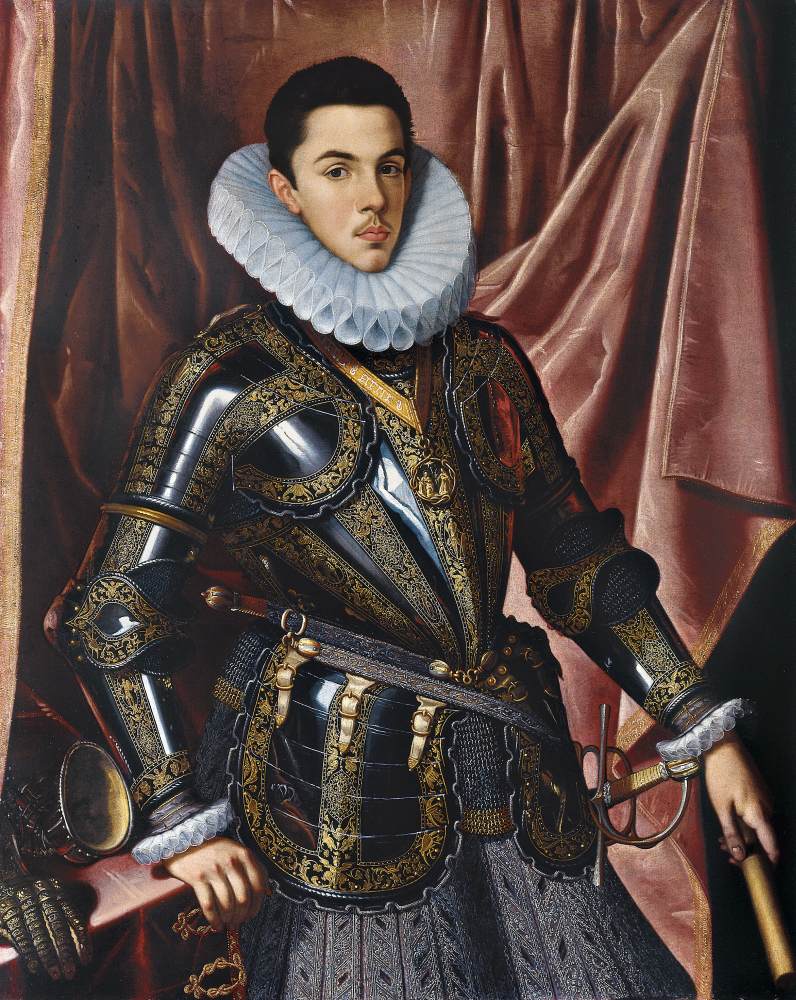So my good friend who usually DMs a 4e game for our group decided to switch it up this session and run the DnD Next playtest. Here are a few of my impressions.
I know it's a long post--feel free to skim :)
Character Sheets
I tend to be partial to Fighters and Thieves, so I chose the pre-generated Halfling thief. Overall, I was happy to see that the sheets
looked more like traditional DnD than 4e, so it's nice to see that Wizards is taking DnD back in a simpler, more traditional direction. In fact, instead of 5e I think we should call it DnD 3.6! Anyway, combat no longer requires miniatures, so
it can be played over Google+, so that's good news.
The character sheet was too long(2 pages of A4 for a 1st level character) but this was due mainly to the inclusion of too much color-text("Halflings are clever, capable opportunists...bla bla bla) and due to the inclusion of various Facets(Specific Race, Background, Theme). Also, to be fair, there is a good deal of playtest related info(further level mechanics, room for notes).
I wasn't happy to see the Facets--this ultimately makes character creation complex and encourages Mary Sue-type character creation. The reason WotC included them is presumably money. Howling Tower
recently pointed out that Expanded Character Options is what makes the most money and these Facets mean that to create a character, a player needs to either buy books or a subscription to WotC's character creation software. But, supposedly these are
optional, so that's a good thing(though I suspect that many DMs who will choose to run DnD Next games will require them).
Armor Class
At first I was disappointed to see that 5e has high-AC values like 4e(my thief had AC of 15). But upon further thought,
I think this might actually be an improvement on the original AC system! But let me write a more detailed post on that(next week) before you freak out at me for saying that!
In any case, 5e has an alternate system where armor reduces damage, rather than making your harder to hit. I'm familiar with armor as damage reduction from WFRP and CP2020 and I actually am fond of it. I don't think it's more realistic, since for realistic damage reduction you have to take into account types of damage(piercing, slashing, crushing) and those systems always seemed to complex to me to be practical. Nevertheless, damage reduction seems more immersive to me personally:
getting hit and then the damage being reduced makes me feel like I'm really wearing armor! Anyway, it's a nice little touch that they now support both common armor paradigms.
The Hook
If you didn't know, the playtest uses module B2, Keep on the Borderlands. I don't know if they actually distributed the original B2 or a modified B2, but my impression is that new modules published for DnD Next can easily be DMed with older DnD rules. I don't think that this is by chance: DnD Next is about Wizards trying to appeal to both 4e users and to people who use older editions. I think this is a sign just how much of a force the OSR has become in the hobby,
WotC can no longer ignore us and are now trying to appeal to us in their long-term strategy!
In short, our party was enlisted to create unrest in a nearby mega dungeon whose various denizens were putting aside their differences and may soon become an existential threat to humanity. An ex-cultist suggested that we start by disguising ourselves as Human cultists(with robes he provided) and infiltrate the evil cult.
The main problem with this was that our party consisted of two Dwarves and a Halfling, so
disguising ourselves as Humans might be difficult. So after briefly considering having the Dwarves stand on each others' heads and the Halfling pretend to be a child, we decided instead to scout out one of the demihuman levels of the complex.
Thief Skills
One are of confusion was that there is no explicit Pick-Pockets mechanic on my Thief's character sheet. We decided to use the Stealth skill instead, which may or may not have been the intention of the game designers.
One complaint that I heard second-hand was that Halflings don't have any sort of dark-vision, so the Halfling Thief didn't make for much of a scout. We could definitely relate to the problem: we did a lot of sneaking and scouting, switching-off between the sneaky halfling, crawling around blindly, listening for monsters, and the two Dwarves with their night vision, trying not to clink too loudly in their chainmail.
Ultimately, I don't agree that "Halflings should therefore be given dark-vision". I'm not a great believer in
4e's obsession with "balance" and anyway
dungeons should be dark and scary!
Also, my character had a
Luck mechanic, which was nice to see included.
Too Many Hitpoints!!!
Anyway, my main criticism with 5e
has already been voiced by the great Jeff Rients.
PCs have WAY too many hitpoints. When we did finally finish sneaking around and plan an ambush of a Goblin guardpost, it was a simply TOO EASY. The goblins each had 5HP and my Halfling Thief had 16. That's simply ridiculous--
starting characters should have approximately the same number of HP as the weakest monsters!
There are several reasons I don't like this, but the main one is immersion.
Monsters should be SCARY! And I'll admit, I was rolling unusually well all evening, but those Goblins were going down like flies,regardless. They even manages to call their Ogre friend, and he was a
total pushover(one of the Dwarves had to be healed once, but never went unconscious).
Conclusion
Anyway, to summarize:
- Liked it more than the overly-complex 4e
- Too many HP for starting characters
- My DnD rule-set of choice is still the simple, elegant, and well organized Labyrinth Lord
- Had fun--and that's the most important part anyway, let's be honest























